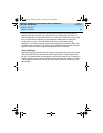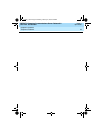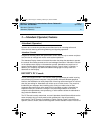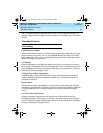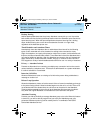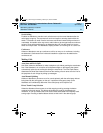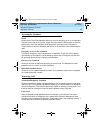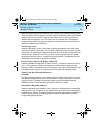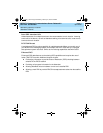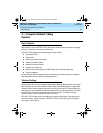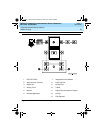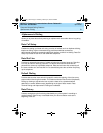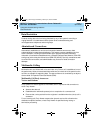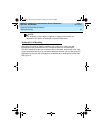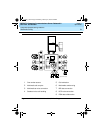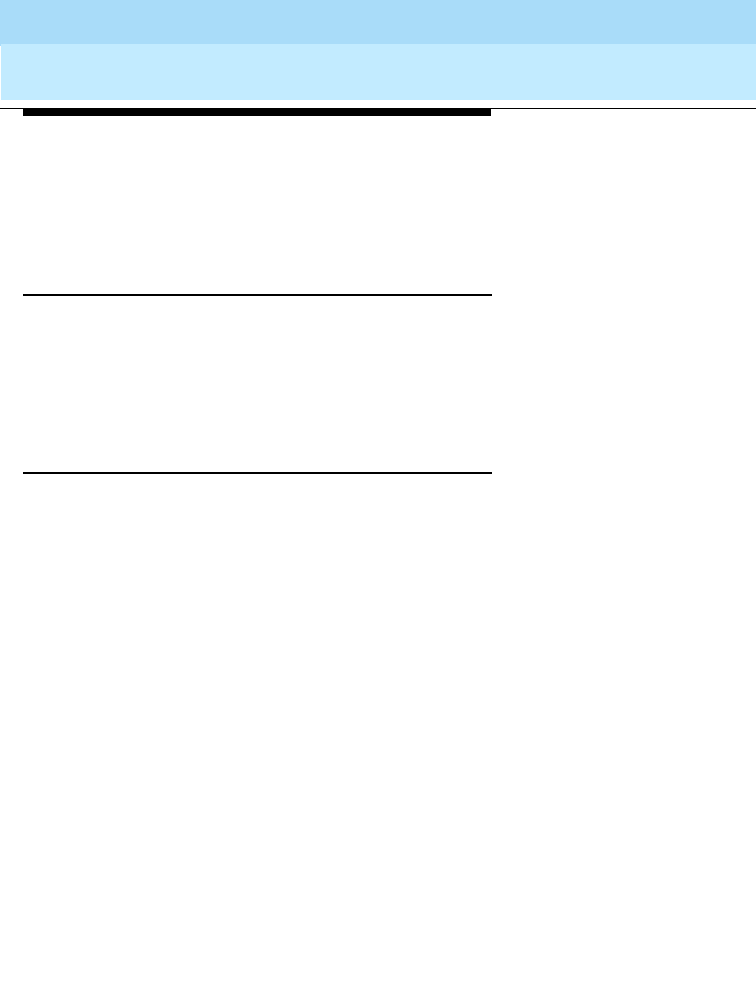
DEFINITY Enterprise Communications Server Release 8.2
Overview
555-233-002
Issue 1
April 2000
Attendant (Operator) Features
47
Attendant Features
Attendant Direct Trunk Group Selection
Allows the Attendant direct access to an idle outgoing trunk by pressing the button
assigned to the trunk group. This feature eliminates the need for the Attendant to
memorize, or look up, and dial the trunk access codes associated with frequently used
trunk groups. Pressing a labelled button selects an idle trunk in the desired group.
Centralized Attendant Service
Enables Attendant services in a private network to be concentrated at a central location.
Each branch in a Centralized Attendant Service has its own listed directory number or
other type of access from the public network. Incoming calls to the branch, as well as
calls made by users directly to the Attendants, are routed to the centralized Attendants
over Release Link Trunks.
Attendant with DCS
Control of Trunk Group Access
Allows an Attendant at any node in the Distributed Communication System (DCS) to take
control of any outgoing trunk group at an adjacent node. This is helpful when an
Attendant wants to prevent telephone users from calling out on a specific trunk group for
any number of reasons, such as reserving a trunk group for incoming calls or for a very
important outgoing call.
Direct Trunk Group Selection
Allows the Attendant direct access to an idle outgoing trunk in a local or remote trunk
group by pressing the button assigned to that trunk group. This feature eliminates the
need for the Attendant to memorize, or look up, and dial the trunk access codes
associated with frequently used trunk groups. Direct Trunk Group Selection is intended to
expedite the handling of an outgoing call by the Attendant.
Display
Shows call-related information that helps the Attendant to operate the console. Also
shows personal service and message information. Information is shown on the
alphanumeric display on the Attendant console. Attendants may select one of several
available display message languages: English, French, Italian, or Spanish. In addition,
your company may define one additional language for use by users and Attendants on
their display.
233002_1.book Page 47 Monday, February 21, 2000 8:28 AM



